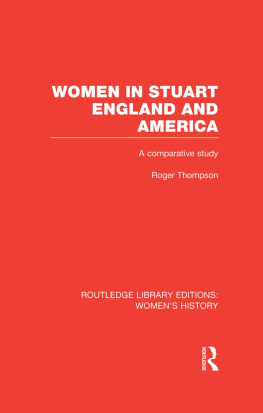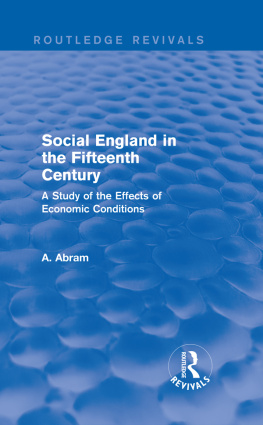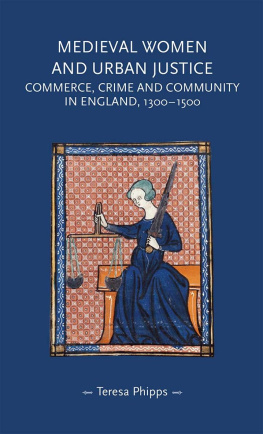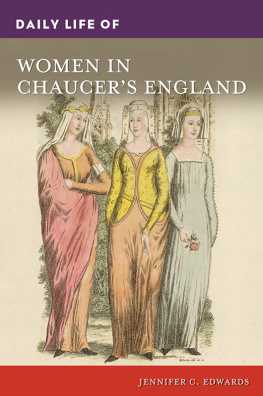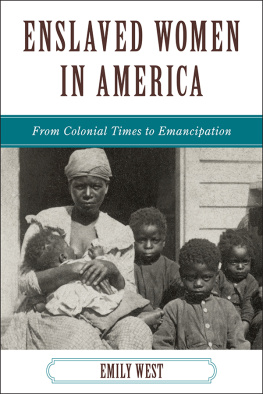First published in 1974
This edition first published in 2013
by Routledge
2 Park Square, Milton Park, Abingdon, Oxon, OX14 4RN
Simultaneously published in the USA and Canada
by Routledge
711 Third Avenue, New York, NY 10017
Routledge is an imprint of the Taylor & Francis Group, an informa business
1974 Roger Thompson
All rights reserved. No part of this book may be reprinted or reproduced or utilised in any form or by any electronic, mechanical, or other means, now known or hereafter invented, including photocopying and recording, or in any information storage or retrieval system, without permission in writing from the publishers.
Trademark notice : Product or corporate names may be trademarks or registered trademarks, and are used only for identification and explanation without intent to infringe.
British Library Cataloguing in Publication Data
A catalogue record for this book is available from the British Library
ISBN: 978-0-415-53409-3 (Set)
eISBN: 978-0-203-10425-5 (Set)
ISBN: 978-0-415-62980-5 (Volume 38)
eISBN: 978-0-203-09837-0 (Volume 38)
Publishers Note
The publisher has gone to great lengths to ensure the quality of this reprint but points out that some imperfections in the original copies may be apparent.
Disclaimer
The publisher has made every effort to trace copyright holders and would welcome correspondence from those they have been unable to trace.
You've come a long way, baby,
To get where you've got to today!
You've got your own cigarette now, lady!
You've come a long, long way!
These immortal lines provided the refrain for one of the more urbane advertising campaigns on American television in recent years. The accompanying film sequences compared reckless Edwardian matrons, caught by scandalised husbands, secretly puffing in attics and gazebos, with cool contemporary cookies who demanded a slim, well-tailored cigarette, 'not the fat ones that men smoke'. The provision of Virginia Slims was seen by the advertisers as the climax of the liberation of American women which had begun with the suffragettes.
This book examines whether the commercial's 'long way' was not in fact a great deal longer than the copywriters claimed. Its approach is comparative. The situation of women in the seventeenth-century colonies is contrasted with that of women in England. Had women in America by the end of the first century of settlement come to enjoy a higher status in society and to perform different roles from those of their cousins in the old country? If so, what were the causes of this improvement in their lot? Finally, how was their emancipation manifested in the colonial culture, and was it a permanent feature of American life, or merely the product of the unsettling years of settlement?
Like Gaul, my attempt to answer these questions is divided into three parts. The first part of the book examines contemporary responses to the perennial 'woman question'. The second part looks at four major factors which could have contributed to the differences in women's treatment and opportunity between England and the colonies. The final part compares specific institutions and practices on the two sides of the Atlantic to see whether the four factors of contrast had their predicted effects.
One of the perennial fascinations of American history is the investigation of what national characteristics are distinctively American, and what are inherited from Old-World origins. The conflict between the nature and nurture schools is far from resolution. For instance, despite reams of research, some thought, and much polemic, there is little agreement about Turner's provocative assertion that 'American democracy was born of no theorist's dream; it was not carried in the Sarah Constant to Virginia, nor in the Mayflower to Plymouth. It came out of the American forest, and it gained a new strength each time it touched the frontier.'
The great majority of seventeenth-century colonists were English either by birth or by tradition. It would, however, be highly surprising if they had not been affected by their new and very different environment. (In order that environmental influences should have an opportunity to operate on colonial behaviour and outlook, this study has concentrated on the latter part of the century, that is the third or fourth generation of the earlier foundations.) It is precisely in this kind of discussion that the comparative approach can be so illuminating, the 'powerful magic wand' of Marc Bloch's description, if wisely and cautiously used. It is, I think, a matter of regret that comparisons so far have often been used in an impressionistic or jingoistic way. It is equally sad that, in other areas of study, they have not been used at all.
To prevent this study from becoming unduly ungainly and lasting a lifetime, I made the decision at a fairly early stage to limit my research in two ways. First, rather than attempt to analyse the position of women in all colonies in the seventeenth century, I would restrict myself to two which were reasonably mature by the year 1700, and which were representative of their sections. The two chosen were Massachusetts and Virginia: the former because I was working as a private researcher at Harvard, whose Houghton Library is a superb centre for colonial research; the latter because some fine work in the field had already been done, notably by Julia Cherry Spruill. The second limitation was more serious. The quantities of primary sources referring directly or indirectly to women in Stuart England are, I soon discovered, enormous. I therefore resolved with great regret to rely for the English side of the comparison on the work already done by scholars, which in itself is very considerable. While this inevitably weakens the authority of the comparisons, I do not feel that it invalidates the approach or the conclusions arrived at.
A second decision was about the scope of the study. Should it range broadly over a wide number of areas concerning women, or should It concentrate on a few aspects of the contrast, examined more exhaustively? The more I read, the more I became convinced that the most useful approach at this stage was the former, which would try to synthesise the many strands of recent research, and also to suggest new paths for study, particularly in a comparative way. For example, a great deal of original work has been done and is still in progress on demographic aspects of seventeenth-century history, much of which has a direct bearing on the problem of women in society. Other subjects under new or renewed examination include education, the family, local government, the franchise, superstition and witchcraft, legal and political rights, and illegitimacy, all of which are similarly relevant. The approach so far, however, has tended inevitably towards local or national studies. Much more needs to be discovered about all these fields, and in such other subjects as religion, democracy, social mobility, social control, and crime and vice patterns. Nonetheless, it has seemed to me a useful exercise to point out opportunities for further research and to suggest hesitantly some comparative hypotheses that could rewardingly be tested.
To write a book about the women of three areas over the period of a century is seif-evidently a vainglorious exercise. In England alone at any one time there was probably something in the region of 2-5 millions of them. As any reader of social history knows, the material on the population tends to be in inverse ratio to class numbers: there is relatively plenty on the few aristocrats, only scraps on the masses. Gentlefolk speak for themselves, but humble people speak only through official or semi-official records; the biased words of dramatists or sermonisers or hacks; or their stray encounters with the more literate classes. This will be quickly obvious in the following pages. I have tried as far as possible to examine the situation lower down the social scale, but the balance is finally irredressable.

